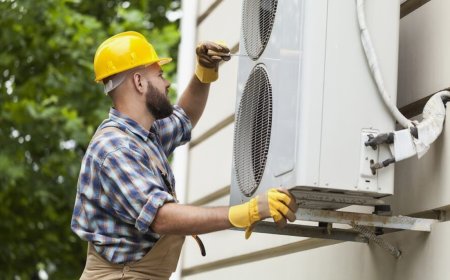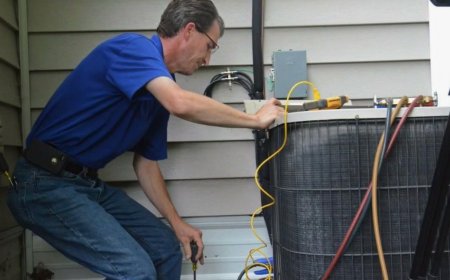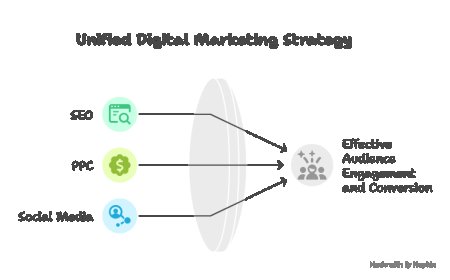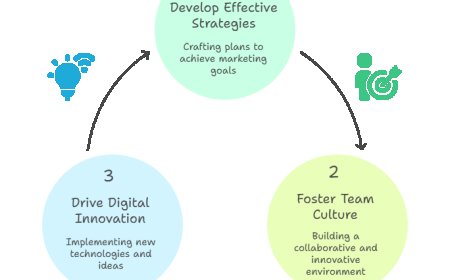Cash for Metal: What Really Happens When You Sell Your Car for Scrap
Learn the real process behind scrapping your car. From fluids to recycling, discover how Best Car Recyclers Townsville turn metal into purpose.
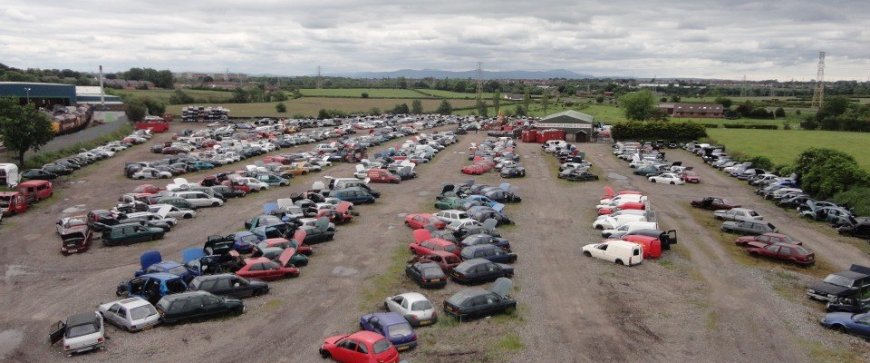
Vehicles are built to move, but when they reach the end of their life, the wheels stop turning. Still, the story of a car does not end on the driveway or the side of the road. In fact, that is where something new begins. Selling a car for scrap is not just about getting rid of metal. It is part of a larger process that connects people, safety, and the environment.
This article takes a close look at what really happens when a car is sold for scrap. It follows each step, from the first phone call to the final load of shredded metal. Along the way, it explains how this process helps reduce waste and puts used parts back to work.
Why Cars Are Sold for Scrap
Most people do not keep their vehicles forever. Over time, repairs cost more than the car is worth. Parts stop working. Safety rules change. Roadworthiness becomes harder to meet. When that happens, many car owners choose to scrap the vehicle instead of spending more money fixing it.https://www.cash4carstownsville.com.au/
Accidents also lead to scrapping. A crash can leave a car in poor shape, with damage that is too costly to repair. In those cases, even if the engine still works, the frame or structure may be too weak to fix.
Once a car reaches this point, scrapping becomes the next step.
Getting the Car to the Yard
After deciding to scrap a car, the owner usually contacts a car recycling service. Some bring their car in, but many services offer to pick it up. Before anything else, the car needs to be deregistered. This step removes it from road records and makes it legal to scrap.
When the vehicle reaches the scrap yard, it is booked into the system. Workers record its make, model, age, and condition. This helps them decide which parts may still be useful and how to begin dismantling.
Removing Hazardous Materials
One of the first steps in scrapping a car is making it safe. Before anything can be taken apart, fluids and gases need to be removed. These include:
-
Engine oil
-
Brake fluid
-
Fuel
-
Coolant
-
Transmission fluid
-
Air conditioning gas
These liquids can be harmful to people and land if not handled correctly. They are drained into special containers and sent to treatment facilities. Some of the fluids can be cleaned and reused. Others are destroyed in safe, approved ways.
Removing these substances protects workers and the environment and allows the rest of the car to be taken apart safely.
Dismantling and Parts Removal
Once the fluids are out, the car moves into the dismantling area. Technicians take off parts that still work. These may include:
-
Alternators
-
Radiators
-
Windows
-
Wheels
-
Gearboxes
-
Seats
Each part is checked to see if it can be reused. Good parts are stored and sold to people who need replacements. This step helps keep older cars running without needing new parts. It also stops useful items from going to waste.
Anything broken or worn out goes to recycling instead of landfill.
Crushing and Metal Recovery
After the useful parts are removed, what remains is the shell. This includes the frame, panels, and metal body. The shell goes through a crusher, which flattens it for transport. Later, it heads to a shredder where it is broken into smaller pieces.
Machines then sort the metal. Magnets pull out steel. Other tools separate aluminium and copper. These metals go to recycling plants. There, they are melted down and used again to make new products from cans to pipes, and even new cars.
Recycling metal saves natural resources. It also cuts down on energy use compared to mining and processing raw materials.
Tyres, Glass, and Plastics
Tyres are not always reusable on cars. Many are shredded to become playground surfaces or used in civil works projects. Some are processed into fuel for industrial plants.
Glass is taken out during dismantling. It can be crushed, cleaned, and melted to make new bottles or windows. Plastics are sorted by type. Some are turned into pellets and reused in manufacturing. Others are turned into fuel or other products.
Although these parts are not as simple to reuse as metal, they still hold value in recycling chains.
The Environmental Role of Car Recycling
Car recycling is not only about metal. It also plays a role in protecting air, land, and water. Each year, millions of tonnes of waste are kept out of landfills through careful dismantling and recovery. According to data from recycling councils, about 85 to 90 percent of an average cars materials can be reused or recycled.
This helps cut pollution, reduce mining, and lower the amount of energy needed to make new parts. It also prevents harmful materials from leaking into soil or waterways.
By selling a car for scrap, vehicle owners play a part in this larger effort.
When Local Services Step In
Not everyone knows what to do with an old or damaged car. Some people let it sit in the yard. Others wait, not knowing how to move it. In many towns and cities, local car removal services offer a simple way forward.
In Townsville, one such service not only collects unwanted vehicles but also works closely with metal recyclers to follow all steps listed above. They make sure each car is processed with care from the removal of fluids to the final shipment of scrap metal.
Their work connects owners to the Best Car Recyclers Townsville offers, helping turn worn-out vehicles into something useful again.
What You Need to Do
If you plan to scrap your vehicle, take the following steps:
-
Remove all personal items
-
Take off your number plates
-
Cancel your registration
-
Choose a yard or service that follows proper procedures
-
Ask about what can be collected or salvaged
By following these actions, your car will be taken apart safely and in a way that helps others.
The Last Drive Has Purpose
When a car stops working, it may feel like the end. But it is not. The metal, rubber, and glass all go on to live again. From playgrounds to new buildings, the parts that once formed your car are still useful.
Selling your car for scrap is part of a process that matters. It helps reduce waste. It puts materials back into use. It supports workers and buyers who need spare parts. And it protects land and water by stopping harmful chemicals from leaking.





